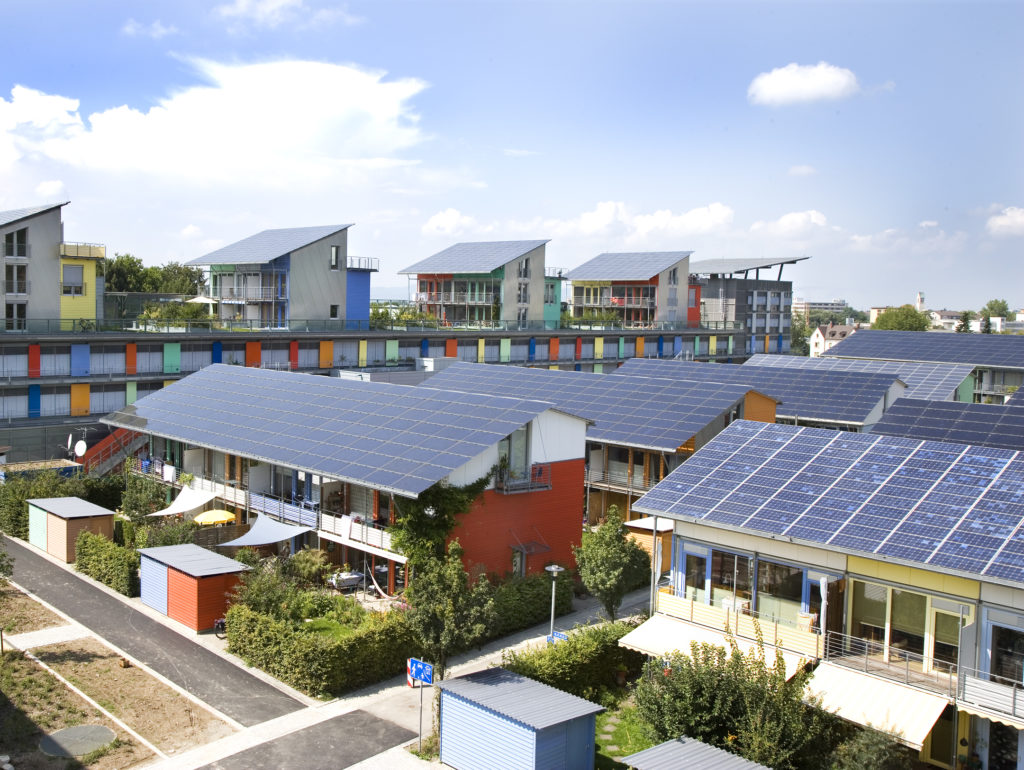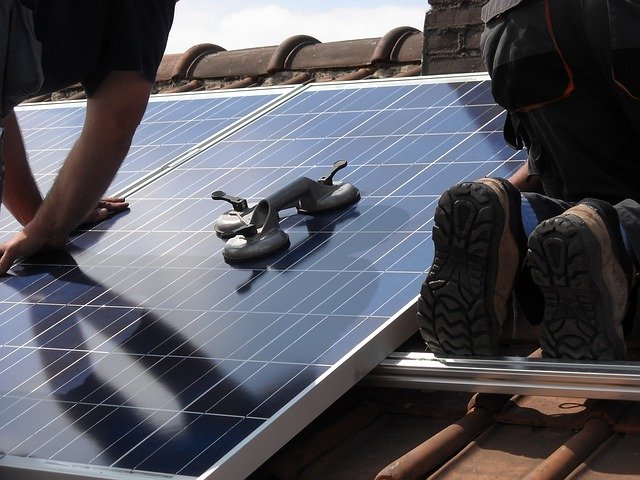
How solar microgrids work
Imagine an energy trading economy like the consumer food economy where the end-user can buy products from wherever they want. They can use an energy purchase model like most people today, buying from whatever large provider serves their city or state. They will pay a known, stable price.
But if they want, they can participate in a homegrown, local economy. In this model, energy can come from a small business located in the next town or from a co-op around the block. It might even originate from their neighbor. The price may go up and down according to an agreement made for one day, one week, or for a month.
Consumers even have the option of creating their own power. If they have extra, they can distribute it at a reduced rate, or even give it away to family and friends. Imagine giving away energy like you would homegrown vegetables.
Peer-to-peer smart grids using blockchain can achieve this model. In some places, it already has. Exergy is a microgrid platform located in Brooklyn, supporting peer-to-peer energy contracts between users through blockchain transactions. This type of peer-to-peer economy with blockchain transactions has several advantages over previous solar models where users sold excess power back to a primary provider.



You must be logged in to post a comment.